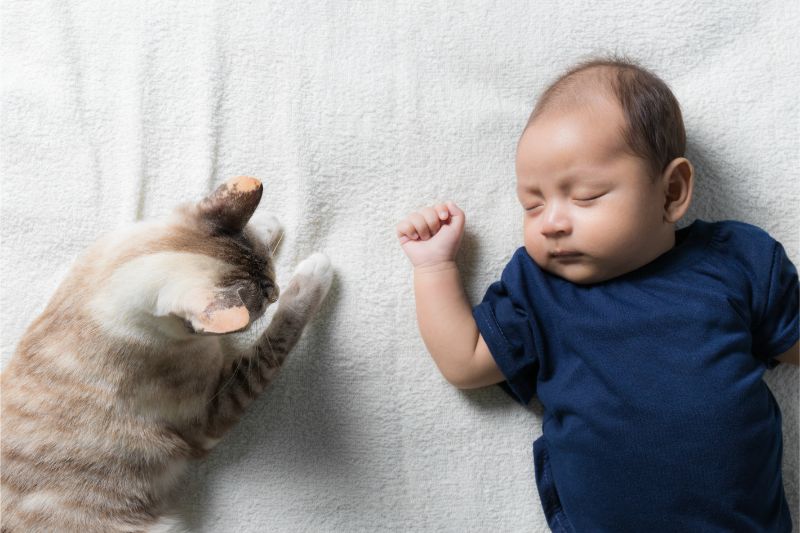 When it comes to introducing kids and pets, patience is a virtue. It may be tempting to try and make them best friends right away, but you’ll avoid problems and stress all around by taking your time.
When it comes to introducing kids and pets, patience is a virtue. It may be tempting to try and make them best friends right away, but you’ll avoid problems and stress all around by taking your time.
Once you’ve taken the plunge and have your new pet, how to make sure they are successfully introduced into your loving family? Take Maywood Veterinary Clinic’s tips for a successful meeting to heart, and you’ll be well on your way to a home of happy kids and pets (and parents!)
Kids and Dogs
When you bring home your new dog, everyone will be understandably excited. There are a few smart strategies for starting off on the right paw. Planning and supervision are key components, so make sure you’ve got all your ducks in a row before you bring your new dog home.
Supervise – The number one rule for kids and pets is to supervise all the time. Never leave your kids and pets alone, especially when things are new. Even the nicest dog can lash out if provoked, and kids need a parent’s loving guidance when around pets.
Puppy proof – Like small children, puppies put everything into their mouths. Teach your kids how important it is to make sure everything is tidy when a puppy is around. Even if you are bringing home an adopted adult dog, it’s smart to put away valuables and to make sure your home is safe from common pet hazards.
Establish a quiet space – Give your new dog his own crate, bed, or other quiet space to call his own. Teach your children to respect this space and not to enter it.
How to interact – Teach your children how to interact with the new dog or puppy, including gentle touches and not disturbing a sleeping or eating dog. There are some wonderful videos on YouTube that can help teach kids how to be safe around dogs.
A new baby – If a new baby is on the way, help your dog adjust. Introduce the stroller, baby furniture, and all baby supplies ahead of time. When your baby is born, have someone bring home a baby hat to let your dog sniff before the baby comes home.
Kids and Cats
Making introductions can be successful with the same planning and attention you would give to a dog introduction.
- Even well-meaning children can frighten a cat or kitten or accidentally pull a tail or ear. Supervise every interaction, and teach your child how to read a cat’s body language including tail and ear position. Teach them how to pet, pick up, and hold a cat, and that cats and especially kittens are fragile.
- It may be a good idea to have your child sit on the floor and allow the cat to come to her for a first meeting. Let the cat sniff your child and give the kitty plenty of time to get acclimated.
- Teach your kids how to play with your cat. Demonstrate how to use kitty toys and encourage safe play and interaction.
- Make sure kids know that cats and kittens should stay indoors. Explain the importance of keeping your new kitty safe, and that the great outdoors is not the place for them to play, just yet.
- Give your kitty a safe space and teach your kids that this is her own kid-free zone. Cats love to perch, so a nest on top of an appliance, cat tree, or another spot a toddler can’t reach could be perfect for her.
Introducing Kids and Pets
Introducing kids and pets of all ages can set them up for a lifetime of friendship if we know where to start. The old adage “you never get a second chance to make a first impression” is doubly true with kids and pets. If you are kind, gentle and loving toward your pets, your children will follow your lead.
If you have questions or concerns, please don’t hesitate to reach out to us for more ideas and guidance for your specific situation.

